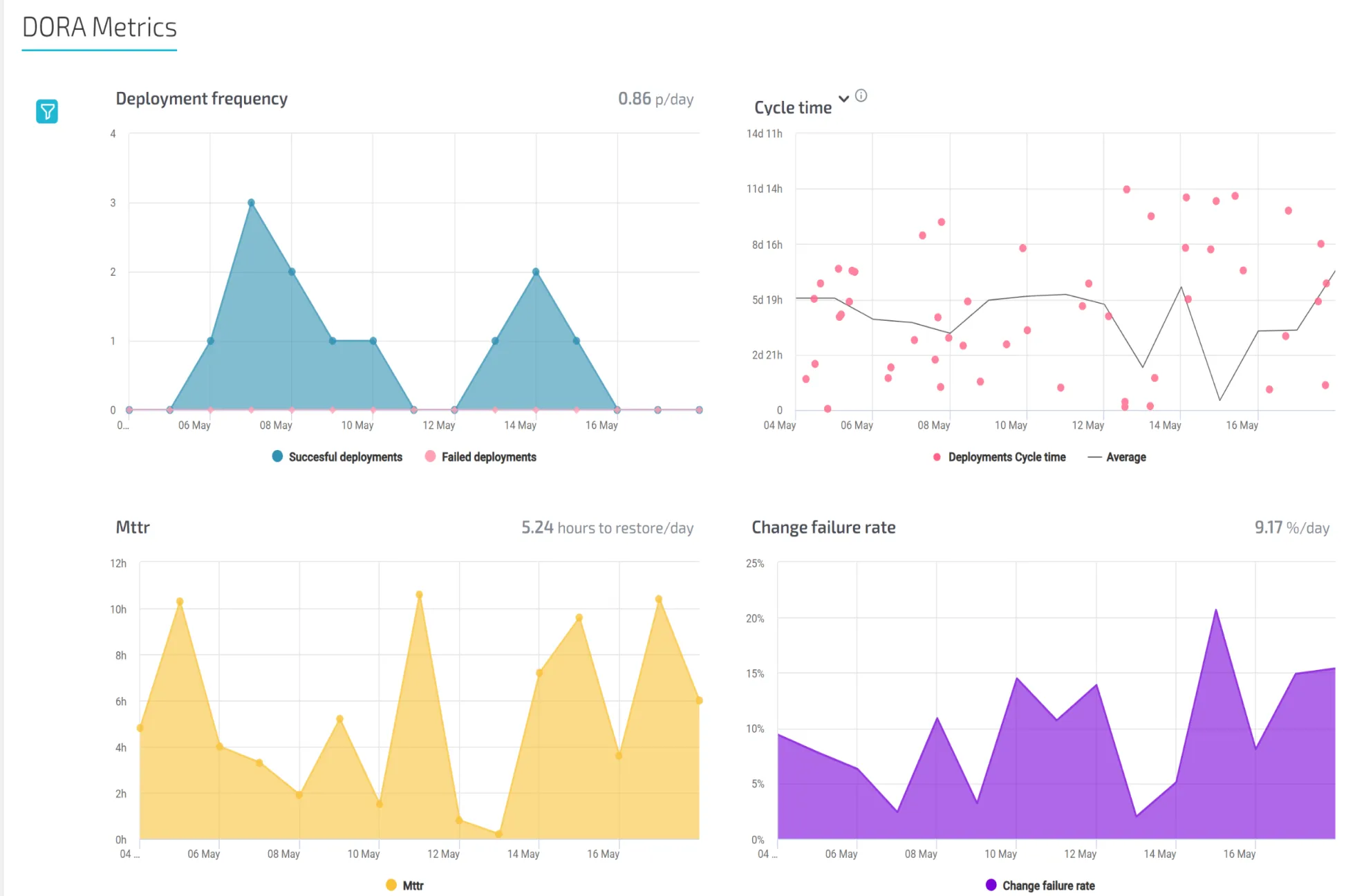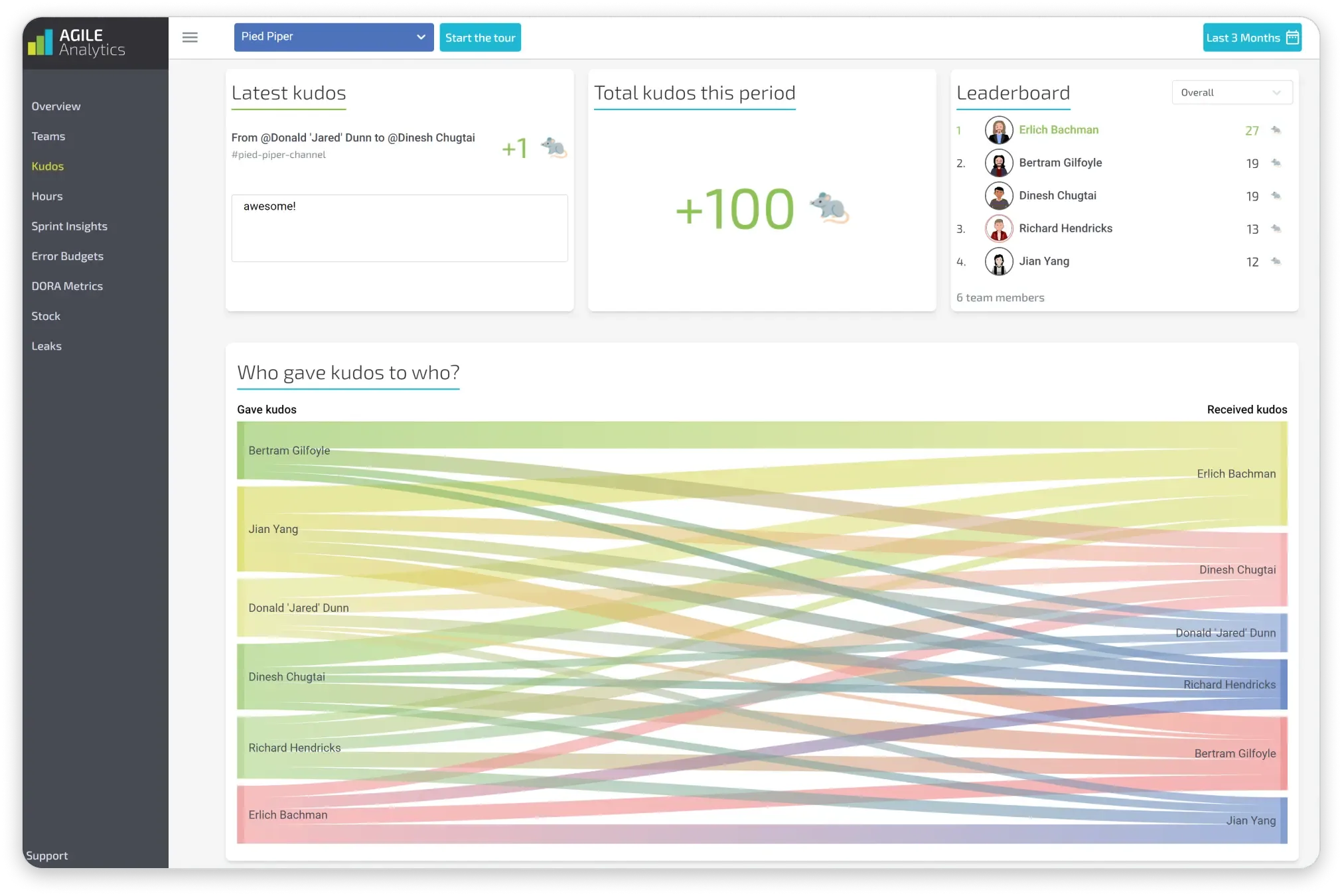
Improving Developer Experience (DevEx) starts with understanding how developers interact with their tools, processes, and environment. Gathering insights on DevEx allows organizations to identify bottlenecks, improve workflows, and foster a more productive engineering culture. Unlike abstract discussions, actionable DevEx strategies require targeted efforts like analyzing metrics, collecting feedback, and implementing meaningful improvements. Let’s dive into effective methods for gathering DevEx insights.
Conduct Developer Surveys and Interviews
Direct feedback provides clarity on pain points. For example, send out detailed surveys with specific questions such as, “What is your biggest frustration with our CI/CD process?” or, “How effective is our onboarding documentation for new hires?” Complement this with one-on-one interviews to dive deeper into recurring issues. This approach ensures you collect both quantitative and qualitative data for a holistic understanding of developer satisfaction.
Analyze Development Metrics
Use tools like Agile Analytics to gather concrete data, such as cycle time and deployment frequency (DORA Metrics dashboard). For example, tracking cycle time may reveal that code review delays add significant bottlenecks to your release process. By analyzing these metrics, you can pinpoint inefficiencies and implement targeted solutions, such as automating code reviews or providing better reviewer guidelines.

Monitor Collaboration Health
Strong collaboration fuels better developer productivity. Agile Analytics’ Kudos for Collaboration feature (learn more) can identify which teams excel at communication and which need support. For example, you might find that one team frequently recognizes contributions during retrospectives while others rarely engage. Use this data to introduce structured feedback sessions or gamify collaboration to encourage similar behaviors across the organization.

Test and Optimize Tools
Evaluate how effectively developers use their tools. For instance, monitor IDE performance and gather feedback about its responsiveness or debugging features. If developers spend excessive time waiting for builds, explore alternative build tools or invest in hardware upgrades. One team at a tech company reduced build times by 30% by switching to a cloud-based CI solution, leading to faster iterations and improved satisfaction.
Gather Feedback Through Actionable Channels
Set up easy-to-access feedback mechanisms, like a dedicated Slack channel for tool or process suggestions. For instance, you might collect insights such as, “Our current testing framework doesn't support real-time debugging efficiently.” This feedback can guide prioritization for improvements. Anonymous forms also encourage candid input about what’s working and what isn’t without fear of judgment.
Implement DevEx Initiatives
Transform gathered insights into targeted initiatives. For example:
Infrastructure Efficiency: Use Agile Analytics’ tools to optimize cloud infrastructure, reducing latency in development environments (explore features). Developers often cite improved runtime speed as a major productivity boost.
Documentation Upgrades: Rewrite onboarding materials with new hires in mind, ensuring they include both technical steps and contextual guidelines for common workflows. Clear documentation reduces onboarding time and minimizes interruptions.
Why Agile Analytics for DevEx?
Investing in DevEx drives efficiency, satisfaction, and retention. Agile Analytics provides actionable insights for DevEx measurement and improvement, making it easier to gather and act on developer experience data effectively. Book a demo now and start empowering your developers.
Supercharge your Software Delivery!
Implement DevOps with Agile Analytics
Implement Site Reliability with Agile Analytics
Implement Service Level Objectives with Agile Analytics
Implement DORA Metrics with Agile Analytics

